Here's Why Japanese Automakers Keep Sending Hydrogen-powered Cars to North America

The United States and Canada don’t have much of a hydrogen fueling infrastructure to speak of, but Japanese automakers continue sending fuel cell vehicles across the ocean anyway. Vehicles like the Honda Clarity and Toyota Mirai have been touted as the environmental saviors of tomorrow but, with the exception of California, there really isn’t a place for them in the North America of today. So why do Japanese manufactures continue to bother with hydrogen?
The main reason is because Japan has bought into a future that America doesn’t seem interested in. With three of its automakers already producing fuel cell cars, the government as adopted a fairly aggressive plan to adopt hydrogen for homes, business, and cars by 2030 — meaning the U.S. probably won’t see these vehicles vanish anytime soon.
Japan’s plan calls for a nationwide hydrogen distribution system so expansive that it would eventually reduce vehicle and fuel prices to a point that would make them competitive with their internal combustion counterparts. By 2030, the country wants 900 commercial hydrogen fueling stations attached to a vast network that also feeds powerplants and farms. It hopes to service 40,000 fuel cell vehicles by 2020, 200,000 by 2025, and over 800,000 in 2030.
However, Japan doesn’t have any illusions that the normalization will be easy. “This is a very challenging goal,” said Yoshikazu Tanaka, chief engineer of Toyota’s Mirai fuel cell sedan, in an interview with Automotive News. “But we need to keep pushing ourselves toward the ambitious creation of a hydrogen society.”
Japan only has 1,740 fuel cell vehicles milling around the country at this time. The number serves to show how far the plan has yet to go in the next thirteen years, but it also illustrates how willing the country has been to implement hydrogen-powered cars. After all, the entire world has only managed to purchase roughly 4,000 fuel cell vehicles and Japan owns more than its fair share. It has also produced more and, ideally, wants the rest of the world to buy them.
“This is where Japan is different from other countries,” said Hiroshi Katayama, deputy director for advanced energy systems at Japan’s Ministry of Economy, Trade, and Industry (METI). “I think Japan is in the lead.”
It’s a strong lead too. While Germany and Korea have also seriously invested in fuel cell technology, they’re both playing catch up and neither country seems to have Japan’s willingness to reconfigure its infrastructure. Japan might be an isolated case. Europe has been gradually adopting electric vehicles, but growth has slowed in the last few months and numerous EU-based automakers have even sworn off hydrogen as infeasible. Meanwhile, North America has seen continued growth for zero-emission vehicles in general, but the United States may see its regulators roll back emissions standards in the near future. And, with the exception of a few key regions, neither continent seems interested in adopting a hydrogen network over one that favors plug-in charging.
One possible exception could be China. Asia’s most populous country has adopted more stringent pollution policy in recent years and has taken to electric cars better than its peers. It has also been swift to implement a support network for those vehicles. Toyota said last week that it would begin testing the Mirai in China by October to evaluate the market and promote fuel cell technology. The country’s reaction to HEVs could dictate if we continue to see the technology in the future.
[Image: Eneos]

A staunch consumer advocate tracking industry trends and regulation. Before joining TTAC, Matt spent a decade working for marketing and research firms based in NYC. Clients included several of the world’s largest automakers, global tire brands, and aftermarket part suppliers. Dissatisfied with the corporate world and resentful of having to wear suits everyday, he pivoted to writing about cars. Since then, that man has become an ardent supporter of the right-to-repair movement, been interviewed on the auto industry by national radio broadcasts, driven more rental cars than anyone ever should, participated in amateur rallying events, and received the requisite minimum training as sanctioned by the SCCA. Handy with a wrench, Matt grew up surrounded by Detroit auto workers and managed to get a pizza delivery job before he was legally eligible. He later found himself driving box trucks through Manhattan, guaranteeing future sympathy for actual truckers. He continues to conduct research pertaining to the automotive sector as an independent contractor and has since moved back to his native Michigan, closer to where the cars are born. A contrarian, Matt claims to prefer understeer — stating that front and all-wheel drive vehicles cater best to his driving style.
More by Matt Posky
Latest Car Reviews
Read moreLatest Product Reviews
Read moreRecent Comments
- Jeff Good move on Cadillac's part. Not everyone is ready for an EV it will take more time to expand the charging infrastructure and more affordable EVs.
- 3-On-The-Tree I was never a fan of the newer dodge products but it’s still a shame that all the OEM’s are moving away from V8’s to turbo V6 and V4’s all in the name of emissions and better mpg.
- FreedMike I like the idea of EVs, but the idea that they're going to achieve 100% market penetration was a fantasy to begin with. Also worth noting; Cadillac is on track to sell well over 20,000 Lyriqs this year. Not too shabby. https://www.coxautoinc.com/wp-content/uploads/2024/04/Q1-2024-Kelley-Blue-Book-Electric-Vehicle-Sales-Report.pdf
- MaintenanceCosts This engine is a lot less interesting in a nearly-6000-pound Durango than in a 4400-pound Charger. I’ve never understood why this gen of Durango weighs in as heavy as a Wagoneer.
- Aja8888 I knew this would happen sooner or later. Others will follow.
















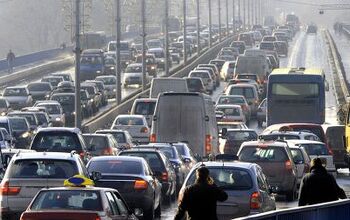
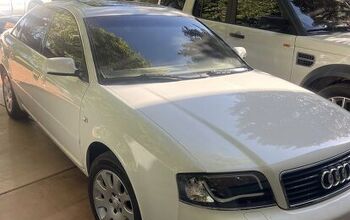
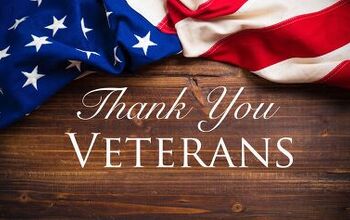
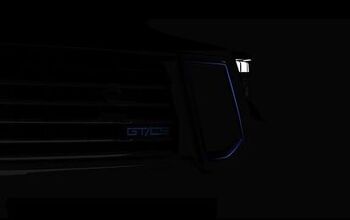

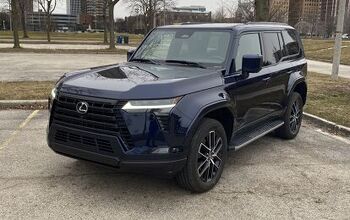

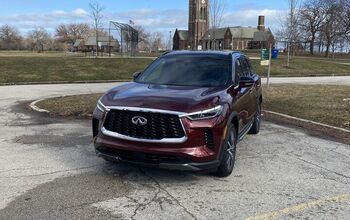
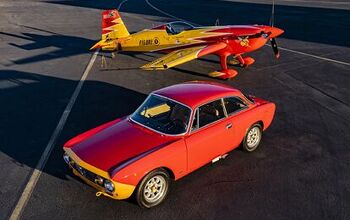

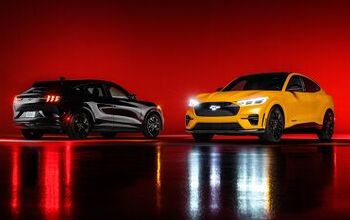
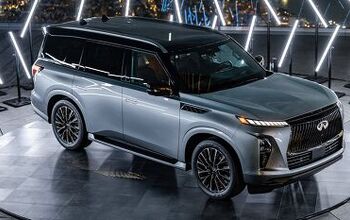
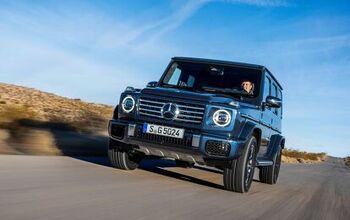

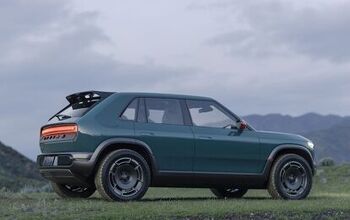
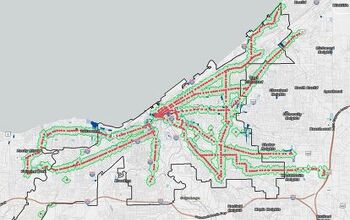

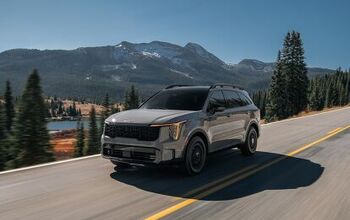
Comments
Join the conversation
Would you want to be in a building withvan underground parking area full of cars with tanks of hydrogen? What does the insurance industry think of this?
Whatever became of the much touted Hydrogen Highway between Los Angeles and Vancouver? Back when Schwarzenegger was Governor this was going to be a big deal.